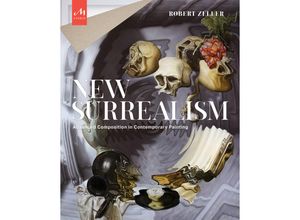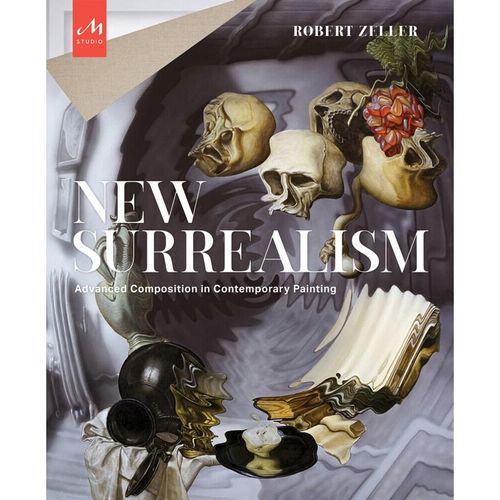New Surrealism: The Uncanny in Contemporary Painting by Robert Zeller offers a sweeping
exposition of both historical Surrealism and its legacy in the world of contemporary art. It
demonstrates the many ways in which the most significant art movement of the last century
continues to be relevant today featuring an international selection of contemporary artists
whose compositions and studio practice reveal its influence. There are many modalities of
historical Surrealism that still maintain contemporary currency: presenting the familiar as
unfamiliar and uncanny the juxtaposition of seemingly unrelated imagery the use of absurdity
to critique political or social issues and the use of erotic imagery in an irrational
non-linear context. Not all the artists brought together in this book self-identify as
Surrealist per se but each uses some variation of Surrealism in a personal manner. The book
begins with a study of the origins leadership participating artists and major milestones of
historical Surrealism. Zeller chronicles the movement starting at the end of World War I and
the birth of Dada. The most important players and events emerge throughout the timeline of
events-including World War II and such notable artists as Max Ernst Marcel Duchamp Leonora
Carrington and many others-up until the death of its leader Andre Breton in 1966. Zeller then
explores how elements of New Surrealism are being put into practice in the contemporary art
world. Section Two offers a survey of 29 contemporary artists who engage in New Surrealism's
seemingly unlimited variations of the movement's original themes including Rosa Loy Glenn
Brown and Arghavan Khosravi. Section Three features 14 artists including important
contemporary artists such as Inka Essenhigh Ginny Casey and Anna Weyant who speak to
Surrealism's influence on their studio practice detailing in their own words how they create a
composition from start to finish.





